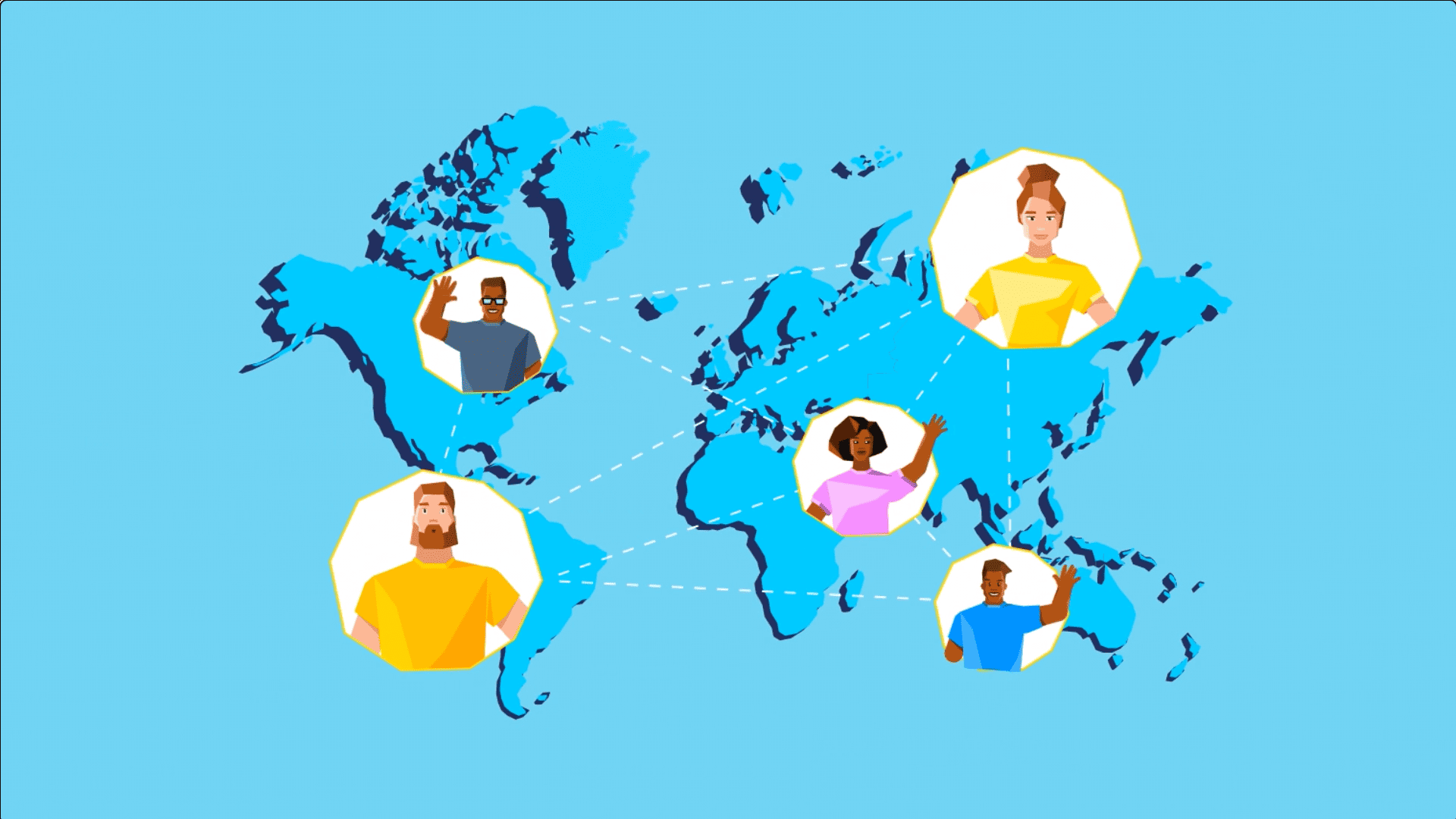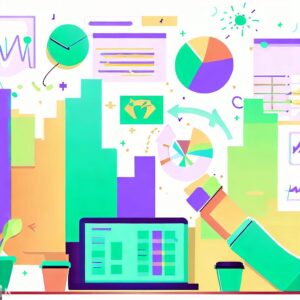Personalization is not just a buzzword, it’s a necessity for any business that wants to stand out from the competition and grow customer loyalty. Personalization is the act of tailoring an experience or communication based on information a company has learned about an individual. It can range from using a customer’s name in an email to offering product recommendations based on their purchase history and preferences.
But why is personalization so important? And how can you use it to drive customer engagement and encourage referrals? In this blog post, we’ll answer these questions and show you how Viralify, your viral marketing growth partner, can help you create personalized campaigns that deliver results.
The Benefits of Personalization
Personalization has many benefits for both customers and businesses. Here are some of the main ones:
- Competitive advantage: Personalization helps you differentiate yourself from other businesses that offer similar products or services. By showing that you care about your customers and understand their needs, you can build trust and loyalty with them.
- Customer satisfaction: Personalization enhances the customer experience by making it more relevant, convenient, and enjoyable. Customers appreciate when businesses recognize them as individuals and cater to their interests and needs. This leads to higher satisfaction and retention rates.
- More sales: Personalization can increase your sales by boosting conversion rates, average order value, and repeat purchases. By offering personalized suggestions, discounts, and incentives, you can motivate your customers to buy more and more often.
- Data gathering: Personalization allows you to collect more data about your customers, such as their demographics, behaviors, preferences, and feedback. This data can help you improve your products, services, and marketing strategies, as well as identify new opportunities and trends.
How to Personalize Your Marketing Campaigns
Personalization is not a one-size-fits-all approach. It requires a clear strategy, a data-driven mindset, and a customer-centric culture. Here are some steps you can take to personalize your marketing campaigns effectively:
- Develop a data collection strategy: Data is the foundation of personalization. You need to collect as much information as possible about your customers, such as their names, email addresses, locations, birthdays, browsing history, purchase history, preferences, feedback, etc. You can use various methods to collect data, such as web analytics, surveys, forms, social media, loyalty programs, etc.
- Segment your audience: Once you have enough data, you need to segment your audience into different groups based on common characteristics or behaviors. For example, you can segment your customers by age, gender, location, interests, purchase frequency, etc. Segmentation helps you target your customers more precisely and tailor your messages accordingly.
- Create personalized content: Content is the key to engaging your customers and delivering value. You need to create content that is relevant, useful, and appealing to each segment of your audience. For example, you can create blog posts, videos, podcasts, ebooks, infographics, etc. that address their pain points, answer their questions, or entertain them.
- Use personalized channels: Channels are the means by which you deliver your content to your customers. You need to use channels that are preferred by each segment of your audience and that suit the type of content you are sending. For example, you can use email marketing, social media marketing, SMS marketing, push notifications, etc. to reach your customers at the right time and place.
- Test and optimize: Personalization is not a one-time effort. It requires constant testing and optimization to ensure that it is working effectively and delivering the desired results. You need to measure the performance of your campaigns using metrics such as open rates, click-through rates, conversion rates, revenue, etc. You also need to experiment with different variables such as headlines, images, colors, offers, etc. to find out what works best for each segment of your audience.
How Viralify Can Help You with Personalization
Viralify is your viral marketing growth partner that can help you create personalized campaigns that boost your engagement and referrals. Viralify is a platform that allows you to:
- Create viral content: Viralify helps you create engaging content that attracts attention and generates buzz around your brand. You can use Viralify’s content creation tools to generate catchy headlines, captivating images, and compelling copy that resonate with your audience.
- Distribute viral content: Viralify helps you distribute your content to the right channels and platforms that reach your target audience. You can use Viralify’s distribution tools to schedule and automate your posts, optimize your SEO, and track your performance.
- Amplify viral content: Viralify helps you amplify your content by encouraging your audience to share it with their networks. You can use Viralify’s amplification tools to create referral programs, contests, giveaways, and rewards that incentivize your customers to spread the word about your brand.
- Personalize viral content: Viralify helps you personalize your content by using data and analytics to segment your audience and tailor your messages. You can use Viralify’s personalization tools to create dynamic content that adapts to each customer’s profile, preferences, and behavior.
Conclusion
Personalization is a powerful way to connect with your customers and grow your business. By creating personalized experiences that show that you care about your customers and understand their needs, you can increase your customer satisfaction, loyalty, and referrals. Viralify can help you create personalized campaigns that go viral and boost your engagement and revenue. Contact us today to find out how we can help you take your marketing to the next level.
FAQs
Here are some frequently asked questions about personalization:
- What are some examples of personalization? Some examples of personalization are:
- Sending a birthday email with a special offer to a customer
- Showing product recommendations based on a customer’s browsing or purchase history
- Displaying local weather or news on a website based on a customer’s location
- Offering live chat or phone support based on a customer’s preferred communication channel
- Creating a personalized landing page based on a customer’s source of traffic
- What are some challenges of personalization? Some challenges of personalization are:
- Collecting and managing large amounts of data from various sources
- Ensuring data privacy and security
- Integrating different systems and platforms
- Balancing personalization and standardization
- Avoiding over-personalization or creepiness
- What are some best practices for personalization? Some best practices for personalization are:
- Start with clear goals and objectives
- Know your audience and their needs
- Use data and analytics to inform your decisions
- Test and optimize your campaigns
- Be transparent and respectful with your customers
- What are some tools for personalization? Some tools for personalization are:
- Viralify: A viral marketing growth partner that helps you create, distribute, amplify, and personalize viral content
- Google Analytics: A web analytics service that helps you measure and analyze your website traffic and performance
- Mailchimp: An email marketing platform that helps you create, send, and manage personalized email campaigns
- Shopify: An e-commerce platform that helps you create, manage, and personalize your online store
- HubSpot: A CRM platform that helps you manage your customer relationships and personalize your marketing, sales, and service






